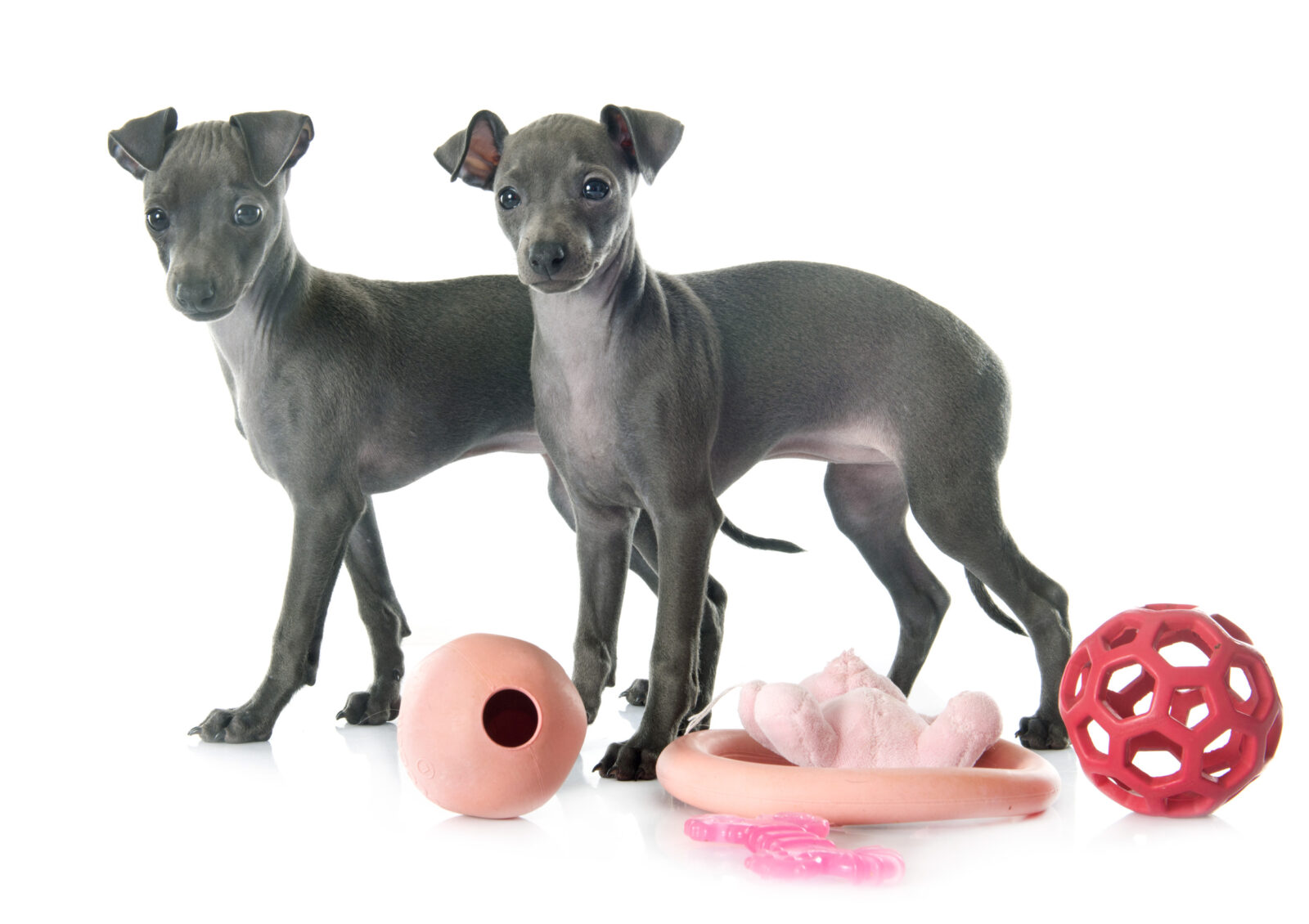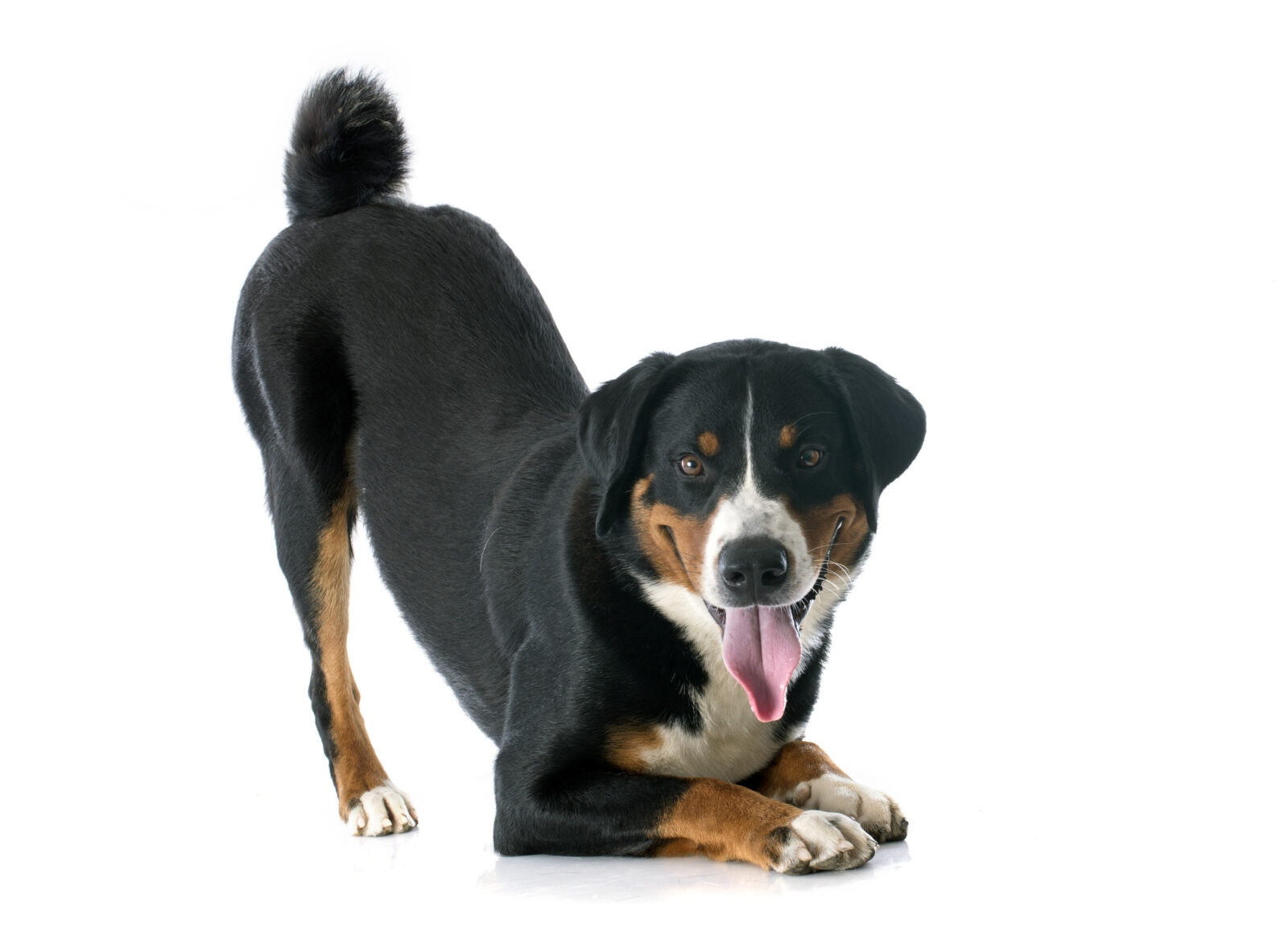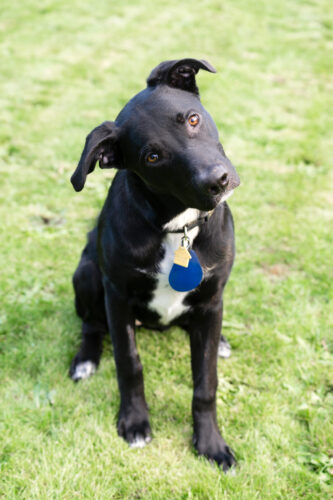If you are a pet owner or dog owner, it’s safe to assume that you love dogs! We love all of the cute facial gestures, head tilts, and playfulness of our pets, but we’re not always great at understanding what they’re thinking and feeling. Body language is essential for our canine best friends and understanding canine body language is beneficial to everyone. Understanding your dog’s body language requires paying close attention to both body posture and facial emotions. These nonverbal communications help provide pet owners a better idea of a dog’s emotional condition and general comfort.
Popular viral videos and photographs of dogs on social media, for example, often depict dogs with their eyes open wide or appearing embarrassed when youngsters lie on them. These photos may seem charming to the uneducated eye, but if you understand canine body language, you’ll see how uneasy and worried the dogs seem. Being proficient in canine body language may also help you better advocate for your dog in several settings, such as greeting other dogs, meeting new people, and even going to the clinic. Latchkey Pets is here to give you tips on understanding canine body language like a professional.
Body Language in Dogs
To fully understand what a dog is trying to communicate via its body language, it is essential to first examine the complete body of the dog, from the mouth to the tail. For example, most people believe that a wagging tail indicates that a dog is happy. While this may be the case in certain instances, a tail-wagging may mean a wide range of emotions, from cheerful to irritated. As a result, it is critical to consider the dog’s general posture and body motions before attributing meaning.

What Does My Dogs Wagging Tail Mean?
Tail wagging seems to be a clear representation of body language. Isn’t it true that a dog’s tail wags when it’s happy? Wrong. People often misinterpret this signal. The dog’s wagging tail indicates that he or she is emotionally stimulated. It may mean a happy dog, but it might also show frustration or worse. Use the pace and direction of the wag and the location of the tail to assess the dog’s emotions and intent.
Essentially, the quicker the wag, the more agitated the dog. Consider the long, leisurely, side-to-side tail sweeps your dog does while welcoming you, the kind that wags the dog’s whole body. That is one content dog. Conversely, a rapid twitch-like wag suggests increased arousal, maybe in a negative sense. Consider a guard dog that is on high alert.
The tail movement may also provide additional information. According to new research on tail-wagging, dogs wag their tails more to the right when they are happy, such as engaging with their owner. When dogs encountered an unfavorable situation, their tails would wag more to the left. Then there’s the helicopter tail wag, which involves the dog spinning its tail in a circle. That is, without a doubt, a contented wag. The helicopter tail is typical when a dog greets a loved one.
Finally, the position of the dog’s tail in relation to the ground reveals crucial information about the dog’s emotional condition.
- The higher the dog’s tail is, the more forceful the dog.
- A tail that points down or is tucked between the legs is a sign of fear and tension.
- Dogs that hold their tails like a flag are confident, if not aggressive.
- Relaxed dogs maintain their tails in a neutral posture; however, this varies by breed.
Some breeds, such as Chow Chows, have naturally curving tails, while others, such as the Italian Greyhound, have a very low neutral tail posture. When you get familiar with your dog’s neutral tail posture, you will be able to detect changes in their moods more rapidly.

What Does it Mean When the Hair on My Dog’s Back is Raised?
When a dog’s hackles raise, the hair on its back stands up. The fur may puff out over the shoulders, down the back, and all the way to the tail, a condition known technically as piloerection. Raised hackles indicate that the dog is excited, albeit not necessarily in a bad manner. The dog may be anxious or worried, but he may also mean your pup is excited or interested in what is happening around him. It is often an uncontrollable response, similar to goosebumps in people.
What Does My Dog’s Posture Mean?
The weight distribution of a dog can reveal a lot about his or her mood and intention. Consider a hunched-over dog. Hunching is an indication of stress or even fear. The dog may be attempting to flee from something, and the dog’s position makes him look smaller. To put it another way, it says, “I intend no harm.” A dog that turns onto its back, displaying its tummy, is an extreme example of this position, which may seem to be a dog asking you to run its belly, which is often the case with a calm dog. However, it might also be an indication of anxiety and stress.
A dog with his or her weight moved forward is in the opposite position. This dog is attempting to get close or approach something and maybe a sign of curiosity. However, it might also imply malicious intentions when combined with other hostile body language indicators like a tail that is held high and twitching. When this occurs, the dog is attempting to appear bigger.
The play bow is a simple example of dog body language. When dogs do this, their chests are on the ground, and their rumps are in the air, signaling they are ready to play with other dogs and even with their human best friends, as the name suggests.

The paw lift is when a dog has his paw slightly lifted off the ground, not to be confused with the feature of pointing in hunting dogs such as the English setter. A raised paw or paw lift frequently signals that a dog is unsure about a situation or feels uneasy, depending on additional body language characteristics.
How Do I Know What My Dog’s Facial Expressions Mean?
Dogs have facial characteristics similar to those of people, but they do not utilize them the same way a person does. Take yawning as an example. Dogs yawn when they are agitated, whereas a person may yawn when they are tired or bored. Turid Rugaas, the author of On Talking Terms With Dogs: Calming Signals, claims dogs yawn to relax themselves and others, such as the dog owner, in stressful circumstances. She recommends yawning at your dog to comfort them during stressful situations such as a veterinarian appointment. However, don’t be shocked if your dog responds with a yawn. Dogs can “catch” yawns in the same way that person can.
Another example of dog body language that can be confusing is lip-licking. Dogs, like people, lick their lips after eating something they like, but they will also lick their lips when they are nervous. The tongue flick might be challenging to detect at times since it is so rapid. Your dog is not indicating a desire to lick your face, but instead, they are trying to show they are unhappy about a particular situation.
Smiling is probably the most confusing expression in dogs. While it may sound odd, dogs do smile! We have all seen pictures of dogs smiling with their teeth bared, and if you have never seen a dog smile, it might look scary.
On the other hand, when a dog displays their fangs, it is usually to warn, as if they are saying, “Look at my weapons.” It is difficult to misinterpret the meaning behind a snarling dog as it is most often accompanied by aggressive body posture and growling. When a dog snarls, its lips form a C, and the front teeth and fangs are visible.

A smiling dog also shows their front teeth, but the message is quite different. They are sometimes known as subservient smiles, which you see on a joyful dog with a wriggly stance. “Hello, I come in peace,” the dog’s general attitude suggests.
What Signs Should I Watch For In My Dogs Eyes?
Looking at your dog’s eyes may tell you a lot about his or her internal condition. To begin with, the eyes of a dog might be soft or hard. TWhen a dog’s eyes are soft, with relaxed lids that seem to be squinting at times, it implies the dog is calm or content. Hard eyes, in which the eyes seem cold, are the inverse. You’ll recognize this in a dog’s eyes when you see them, which indicates the dog is in a negative or poor state of mind. The dog may be protecting their food or a toy or acting aggressively. An intense gaze, or the dog staring attentively at something for an extended period, generally indicates a danger.
Dogs rely on eye contact to communicate. Looking away is intended to settle a situation, just as a harsh gaze may be a forerunner to hostility. When dogs are anxious, they may avert their gaze and avoid making eye contact. People sometimes misinterpret this as their dog ignoring them or being difficult, although the dog is only expressing discomfort.
Another vital sign is the whites of the eyes. When a dog shows the whites of his eyes, also known as “whale eye,” it is a sign that he is stressed or anxious. You may notice this when you make your dog feel uneasy, such as when you stroke your dog on the head or when they are scared that someone may take a toy or treat from them.

Interpreting Your Dog’s Body Language
You may not realize it, but your dog talks to you constantly. If you can learn to identify particular cue combinations, you will start to understand what your dog is trying to tell you. When you are trying to read a dog’s body language, it is vital to consider every cue, from tail height to eyes. Your newfound understanding of your dog’s emotional state can help you predict his behavior and prevent problems before they occur. The ability to communicate with your furry best friend will also help you grow an even deeper and more trusting bond.
We hope you enjoyed this article on canine body language and found it helpful in your journey to better understand and communicate with your dog! Your dog will thank you in their own way for taking the time to learn how to understand a dog’s body language. As always, Latchkey Pets are here to help. When you need advice on pet care or you’re in need of a daytime dog walker or pet sitter, contact us!
